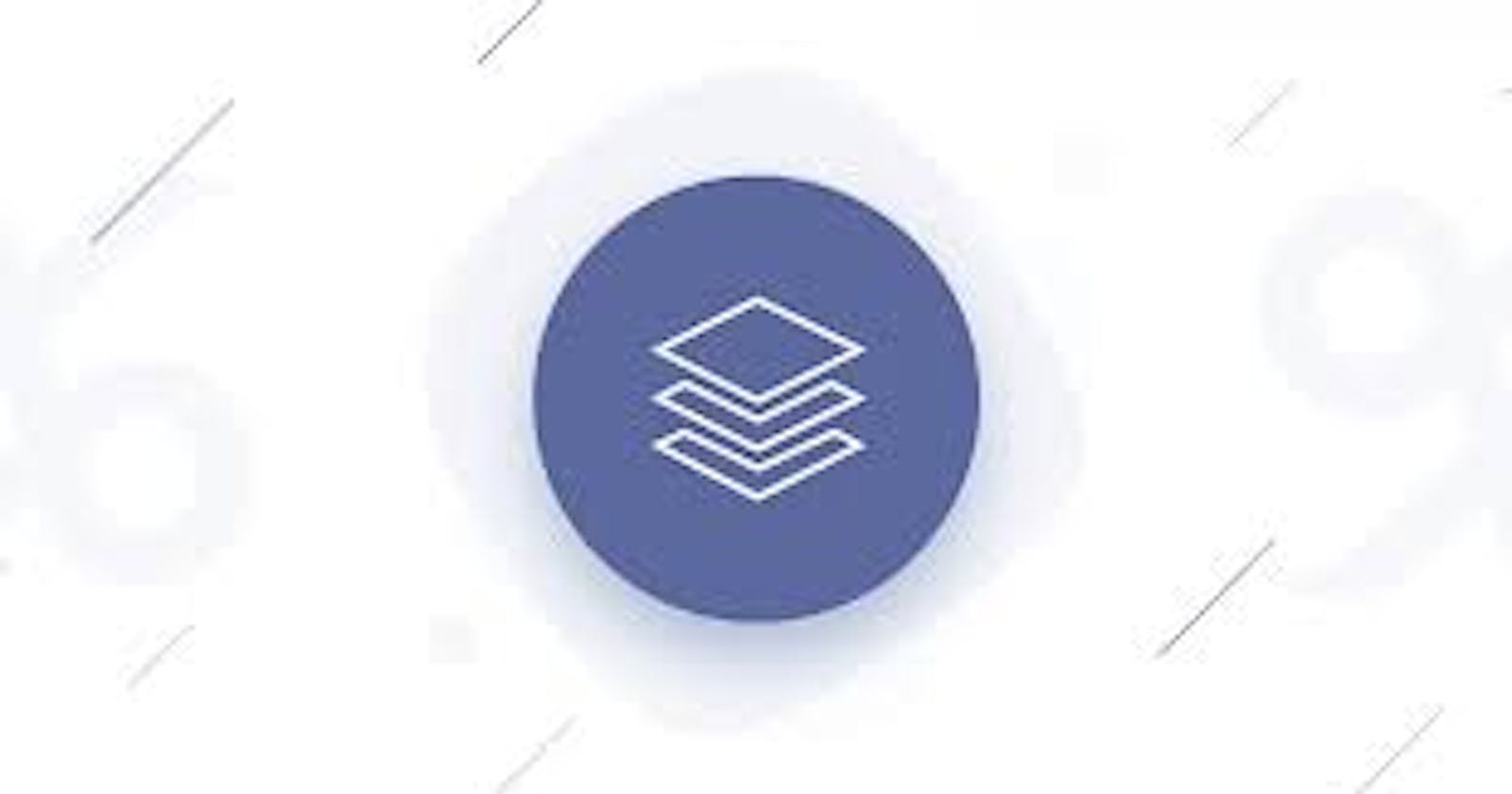Ethereum, the home to some of the most extensive protocols in the DeFi ecosystem, can only currently process up to 15 transactions per second at peak times. So it is only normal for transaction speed to become awfully slow when the network is busy, contributing to the network’s poor user experience for certain types of dapps (e.g. gaming and DeFi dapps requiring multiple microtransactions). And as the network gets busier, gas prices increase mainly because dapp users aim to outbid each other resulting in exorbitant transaction costs.
Transiting from its current PoW consensus state to PoS in the Eth 2.0 merge upgrade can see it processing transactions faster. But this can only happen sometimes in 2022. Other networks like Solana, Binance Smart Chain, Algorand are all presenting themselves as credible base layer options with higher throughputs and cheaper transaction fees. While there may be concerns about the decentralisation of these networks and the fact that they are not really battle-tested like Ethereum, which has been in existence for more than five years running, discussions around scaling Ethereum continue to draw critical attention. However, Layer 2 presents another way of scaling transactions on monster networks like Ethereum without having to tamper with essential features like security and decentralisation.
What is Layer 2?
Layer 2 is a collective term used for describing solutions created to help scale base layers like Bitcoin or Ethereum. They are a secondary framework or protocol that is built on top of an existing blockchain system. Ethereum, especially the bastion of innovation around DeFi, Layer 2 seems to be the most exciting route for Ethereum scaling right now. Years of research around the different variants of Layer 2 solutions: Sidechains, Plasma, Channels and Rollups have culminated in the success of a few of Layer 2 solutions. Rollups, Plasma and Validium are currently one of the fastest-growing Layer 2 frameworks, thanks to platforms like Polygon, Arbitrum, Optimism and a few others.
Polygon: an interoperable network scaling hundreds of DeFi applications
Amidst the frantic race to scaling Ethereum by the various scaling options out there, Polygon seems to be nuking it real hard. Safe to say, Polygon has stolen the show already. Due to its EVM compatibility, Polygon keeps attracting top DeFi protocols like Sushiswap, PlasmaFinance, Aave, etc. Consequently, Sushiswap facilitated 4X more transactions than Ethereum, while Aave did 8X just by moving onto Polygon.
Polygon is the first well-structured, easy-to-use platform for Ethereum scaling and blockchain infrastructure development. Using a modular and flexible framework, Polygon helps dapps achieve faster transaction speeds by moving them off-chain at a fraction of the cost in transaction charges. Polygon also supports Optimistic Rollups and zkRollups, stand-alone chains, and plans to support Validium in the future.
Decentralised Exchanges (DEXs) have so far been the gateway to DeFi as they offer users staking, asset swapping, and providing liquidity opportunities for their preferred protocols. As most DeFi activities like lending, borrowing, staking or liquidity are interconnected, users must interact with DEXs and other protocols at cheaper costs. But to the chagrin of most DeFi users, they’ve always had to choose between speed and low costs as well as the lack of advanced professional features of most DEXs out there.
PlasmaFinance, DeFi industry’s go-to aggregator with its DEX, is currently gaining tremendous traction since it launched on Polygon. DeFi users can add liquidity and trade with near-zero fees on PlasmaSwap at the highest speed. PlasmaSwap’s users are now paying 1,000 times lower fees than what they’d have to spend transacting on Ethereum. Transaction fees for swapping assets on PlasmaSwap could be as low as $0.00002. The best part is that these insanely cheap transactions using PlasmaSwap don’t take longer than a couple of seconds with the Polygon integration.
Although Polygon already boasts of Sushiswap and Quickswap, these are, however, standalone DEXs. With the increasing appetite for an all-in-one solution like PlasmaFinance aggregators afford users, PlasmaSwap appears to be the most advanced DEX on the platform. Using PlasmaSwap comes with value-added features like Limit Orders for capital and risk management and Portfolio Management and Market data on all DeFi and crypto tokens. All these laden on an intuitive user interface for a seamless DEX user experience.
With PlasmaSwap working on Polygon, DEX users get the best of both worlds: easy and convenient DeFi with robust tools plus amazing speed and low cost!

